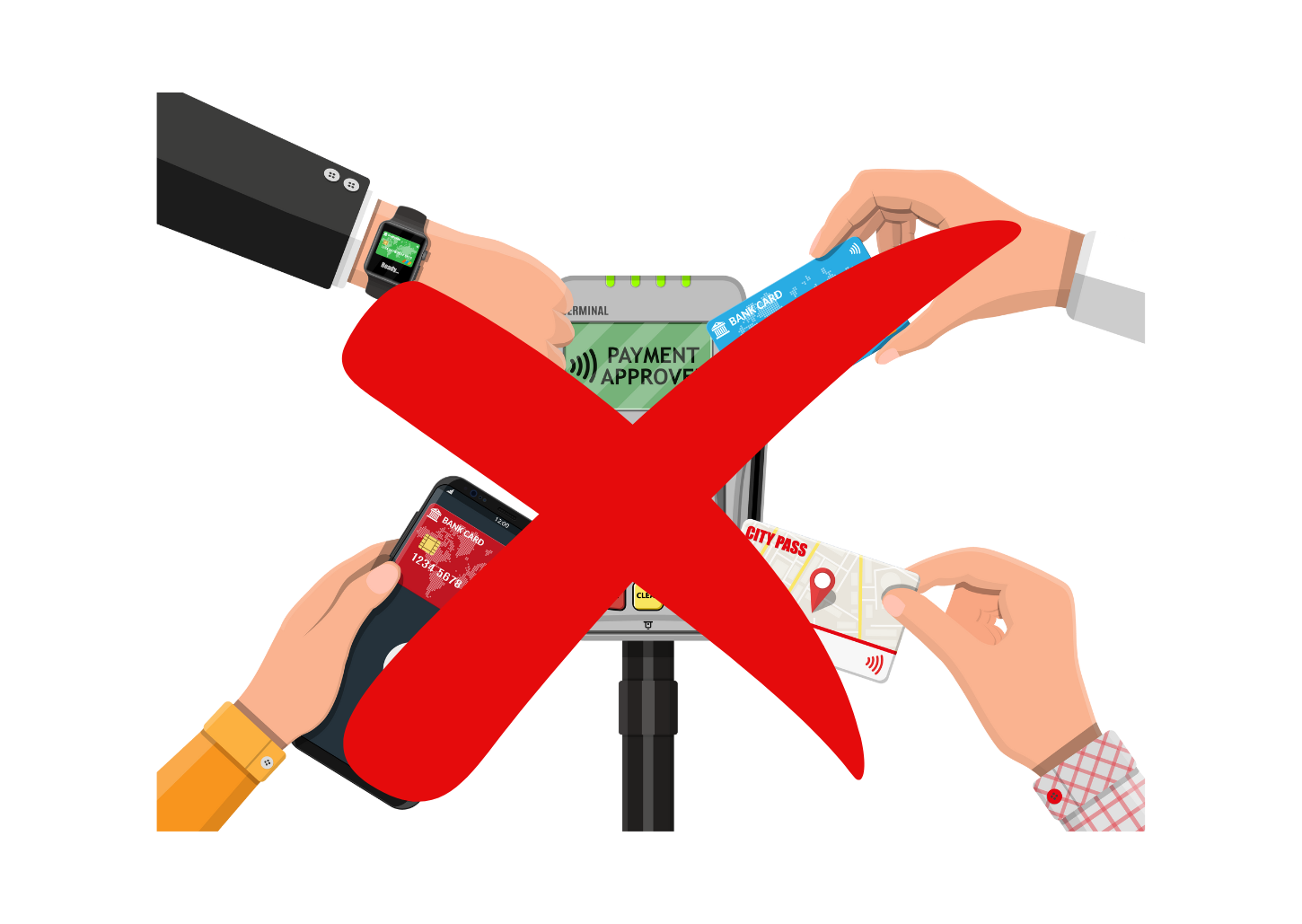What Retailers Get Wrong About the ‘Cashless Revolution’

For years, cash has been a constant - tucked into wallets, exchanged at tills, and counted at the end of the day. But as digital payments grow, some retailers see cash as outdated, inconvenient, even unnecessary. They imagine a future where every transaction is contactless, every purchase tracked, and cash fades into history.
But is ditching cash really the smartest move? While going cashless may seem modern and efficient, it also creates unexpected challenges. From excluding customers who rely on cash to increasing costs and limiting flexibility, retailers who rush to abandon cash may find themselves losing more than they gain. Here’s what they’re getting wrong.
1. Overlooking the Unbanked and Underbanked
For many, digital payments are a choice, but for others, cash is the only option. According to the Financial Conduct Authority (FCA), around 1.1 million adults in the UK were unbanked in 2022. These unbanked and underbanked individuals rely on cash for everyday transactions, from groceries to transportation.
By eliminating cash, retailers risk excluding a significant portion of their customer base, particularly in lower-income communities or areas with limited banking access. A ‘cashless revolution’ may sound modern, but it also widens the financial divide.
2. Ignoring Transaction Costs
Digital payments are often promoted as more efficient, but they come at a price - one that businesses can’t ignore. Credit card processing fees cost UK merchants billions of pounds each year, according to Worldpay. These fees add up, cutting into already-tight profit margins, especially for small businesses.
Cash, on the other hand, is fee-free. By continuing to accept cash, retailers can avoid processing costs and potentially pass savings on to customers. A cashless approach might benefit payment providers, but for many retailers, it simply means paying more to get paid.
3. Underestimating Consumer Preferences
Despite the rise of digital payments, cash remains a preferred option for many consumers. Whether for budgeting, privacy, or habit, people still reach for banknotes and coins.
A UK Finance report found that cash was the second most frequently used payment method in the UK in 2023, behind debit cards. Retailers who go fully cashless risk alienating loyal customers who prefer the simplicity and control that cash offers.
4. Failing to Recognize Cash’s Role in Crisis Situations
What happens when the internet goes down? Or when a power outage disrupts payment systems? In emergencies, cash remains a reliable backup.
Following recent global events, consumers are holding onto more cash than before 2020, according to IFA Magazine. Whether it’s natural disasters, cyberattacks, or technical failures, businesses that refuse cash may find themselves unable to process payments when digital systems fail
5. Neglecting the Psychological Impact of Cash
There’s a reason financial experts recommend using cash to manage spending - it feels different. The physical act of handing over money creates a stronger sense of transaction than tapping a card or clicking a button.
A study by MIT found that people are willing to spend up to 100% more when using credit cards instead of cash. By offering cash as an option, retailers support customers in making more conscious spending decisions, which can lead to greater trust and satisfaction.
The push toward cashless payments may be gaining momentum, but eliminating cash entirely overlooks critical realities. From financial inclusion and cost savings to customer preference and crisis resilience, cash remains an essential part of the payment ecosystem.
Retailers should focus on providing choice rather than forcing change. A truly customer-centric approach means accepting both digital payments and cash, ensuring that no one is left behind in the ‘cashless revolution.’


